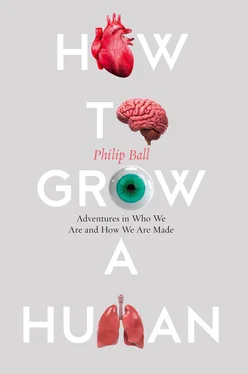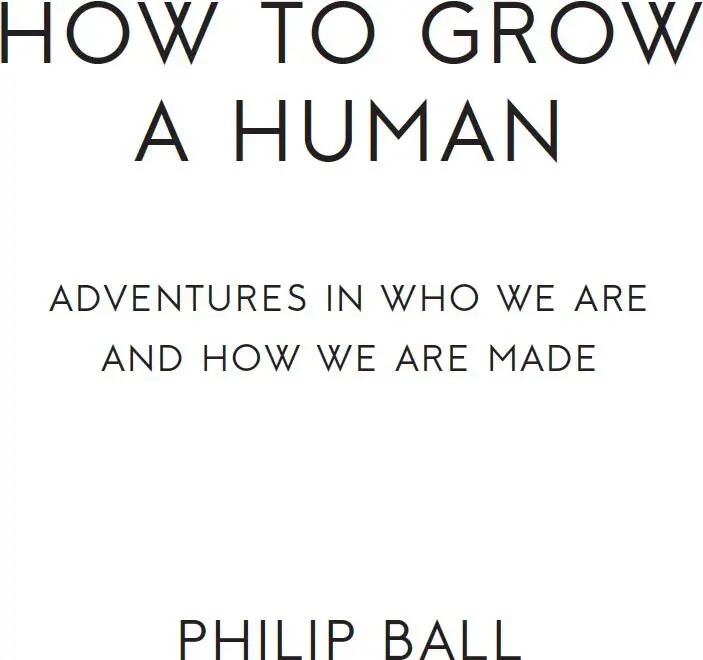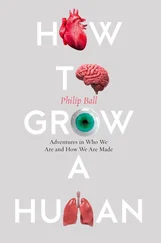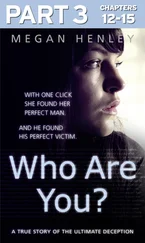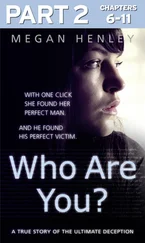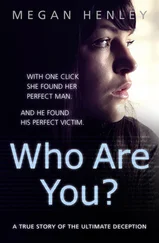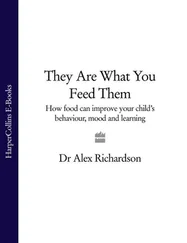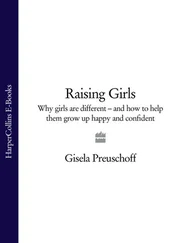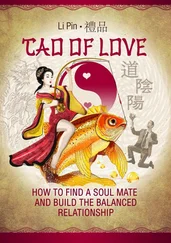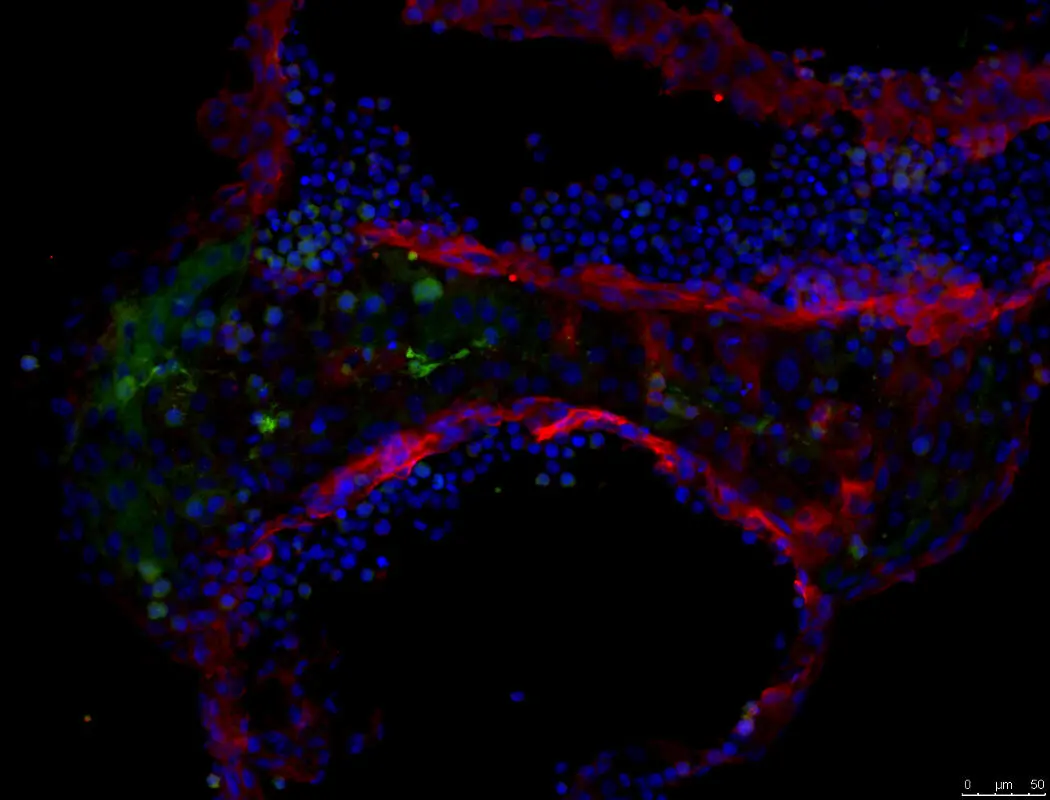

William Collins
An imprint of HarperCollins Publishers
1 London Bridge Street
London SE1 9GF
WilliamCollinsBooks.com
This eBook first published in Great Britain by William Collins in 2019
Copyright © Philip Ball 2018
Images © Individual copyright holders
Philip Ball asserts the moral right to be identified as the author of this work.
A catalogue record for this book is available from the British Library.
All rights reserved under International and Pan-American Copyright Conventions. By payment of the required fees, you have been granted the non-exclusive, non-transferable right to access and read the text of this e-book on-screen. No part of this text may be reproduced, transmitted, down-loaded, decompiled, reverse engineered, or stored in or introduced into any information storage and retrieval system, in any form or by any means, whether electronic or mechanical, now known or hereinafter invented, without the express written permission of HarperCollins.
Source ISBN: 9780008331771
Ebook Edition © May 2019 ISBN: 9780008331795
Version: 2019-05-20
CONTENTS
COVER
TITLE PAGE
COPYRIGHT
PROLOGUE
INTRODUCTION My Brain in a Dish
CHAPTER 1 Pieces of Life Cells past and present
CHAPTER 2 Body Building Growing humans the old-fashioned way
FIRST INTERLUDE The Human Superorganism How cells became communities
CHAPTER 3 Immortal Flesh How tissues were grown outside the body
SECOND INTERLUDE Heroes and Villains Cancer, immunity and our cellular ecosystem
CHAPTER 4 Twists of Fate How to reprogramme a cell
CHAPTER 5 The Spare Parts Factory Making tissues and organs from reprogrammed cells
CHAPTER 6 Flesh of My Flesh Questioning the future of sex and reproduction
CHAPTER 7 Hideous Progeny? The futures of growing humans
THIRD INTERLUDE Philosophy of the Lonely Mind Can a brain exist in a dish?
CHAPTER 8 Return of the Meatware Coming to terms with our fleshy selves
FOOTNOTES
ENDNOTES
BIBLIOGRAPHY
PICTURE CREDITS
INDEX
ACKNOWLEDGEMENTS
ABOUT THE BOOK
ABOUT THE AUTHOR
ABOUT THE PUBLISHER
This book arose from an astonishing experiment in which I was invited to take part, and which involved the transformation of a piece of me.
In the course of writing it, as I spoke to scientists about cell biology and fertility, embryology and medicine, philosophy and ethics, it dawned on me just how much science, in these fields especially, is driven by stories.
I don’t mean “human stories” – those tales about people that are said to be so central to keeping general audiences engaged. I mean that our perception of what science means is shaped by narratives about it. There are narratives that society imposes on new discoveries and advances, which are often cut from older cloth. In biology – particularly developmental, cell and reproductive biology – these stories tend to come from myth, science fiction and fantasy, and they are often alarming: they might, for example, draw on Frankenstein , Brave New World , The Island of Doctor Moreau . But there are also narratives that scientists themselves create and recycle. It happens more in the biological sciences than in the others because biology is inherently a science of becoming, where history matters and where we seem compelled to speak about goals and purposes: what organisms, cells and genes “want”, what evolution “seeks to do”.
A significant aspect of this book’s aim is to expose and explore these stories. They are by no means a bad thing. On the contrary, they are essential and often illuminating, for they fit with the way we humans make sense of our world, with our instinct to look for and find causation, reasons behind things. Yet there is a danger to them too, which is that we might begin to mistake them for descriptions of how things are.
One of the classic examples of a framing narrative in biology is Richard Dawkins’s concept of the selfish gene. Dawkins has had to defend this idea against accusations that it attributes a kind of agency and intention to genes, for it is of course just a metaphor. The problem is that, when a metaphor gets this popular, it starts to be understood (and sometimes presented) as a plain account of “what things are like”. When Dawkins speaks of us – individual humans – as the “survival machines” for genes, he is not defining what a human is but is explaining what we are required to be within the narrative of the selfish gene. The narrative serves to convey a particular aspect of how genes function in evolutionary terms. If you don’t like this story, or don’t find it helpful, you are not obliged to accept it; there is nothing “real” about it. Dawkins has said as much: he admits in The Selfish Gene that it should strictly be called The Slightly Selfish Big Bit of Chromosome and the Even More Selfish Little Bit of Chromosome . (He was right to suspect the book would not have been so successful if he’d called it that.) He even admitted much later that the book could equally have been titled The Cooperative Gene . That would have been a different narrative, of course, and it would have served to illustrate another facet of how genes work.
As Dawkins implicitly acknowledges here, biology is too complex and complicated to be reduced to a single story. That’s precisely why we need stories to tell about it: they give us something to cling to, some way of finding a path through the thicket. There is almost always more than one of them.
It’s not just, though, that we must remember this is what we are doing. We must also keep in mind that stories are not neutral vehicles for understanding. When we frame some medical advance within the narrative of Brave New World , we are not simply saying, “hey, doesn’t this sound a bit like the people-growing hatcheries in Aldous Huxley’s book!”, but also “… and we should be suspicious, even frightened, of where it might lead.” Precisely the same applies to The Selfish Gene. The story’s subtext here is that Darwinian evolution is ruthless – that it makes for a dog-eat-dog world, a battle for survival from the bottom up. Dawkins explains that this does not imply that humans are themselves bound to be selfish; indeed, he shows how altruism can arise from “selfish genes”. But the implication remains that there is to nature a redness in tooth and claw, and indeed Dawkins advises that for this very reason we should strive to supersede the default and be kind to one another. The point is, though, that one can talk about Darwinian evolution and genes without invoking “selfishness” at all, and the story then has a different complexion in which all manner of behaviours appear not as emergent and perhaps counter-intuitive consequences of a selfish genetic strategy but simply as aspects of the complexity of biology: cooperation as well as the most beastly predation strategies, war and peace, love and cruelty. Each of those words is equally freighted with narratives that biology itself doesn’t impose.
Читать дальше
